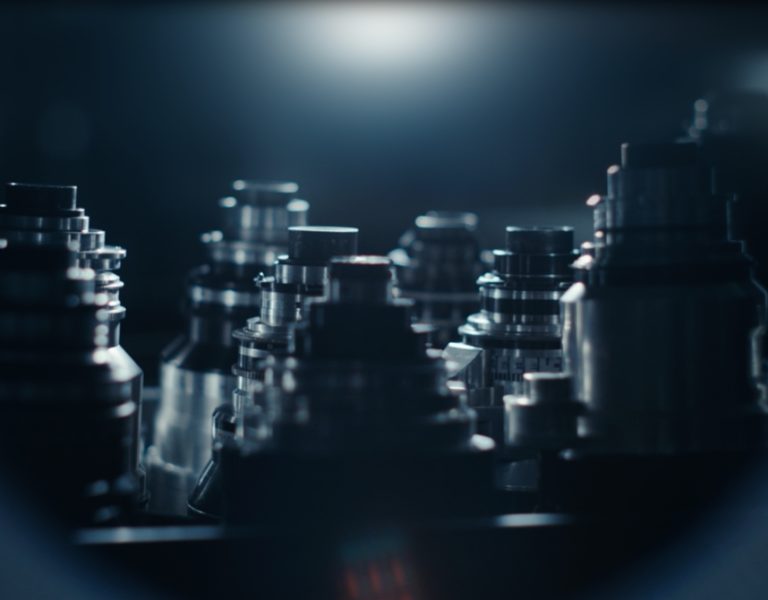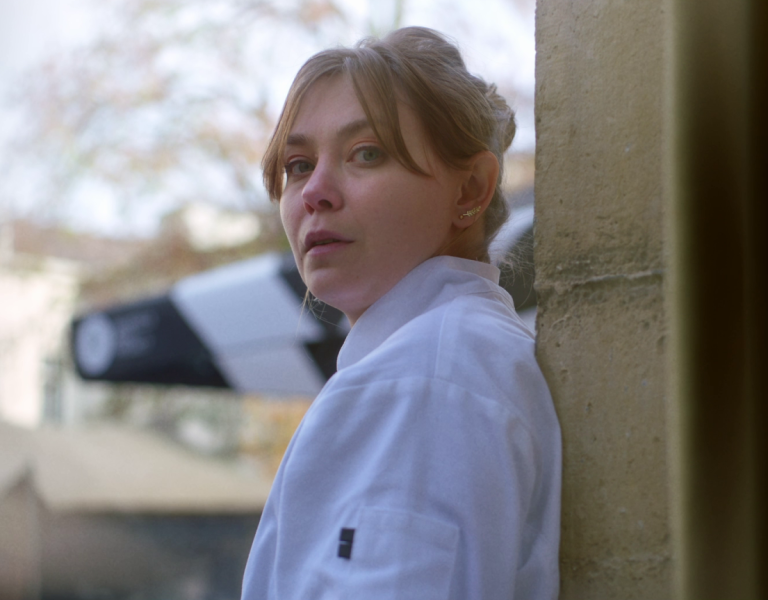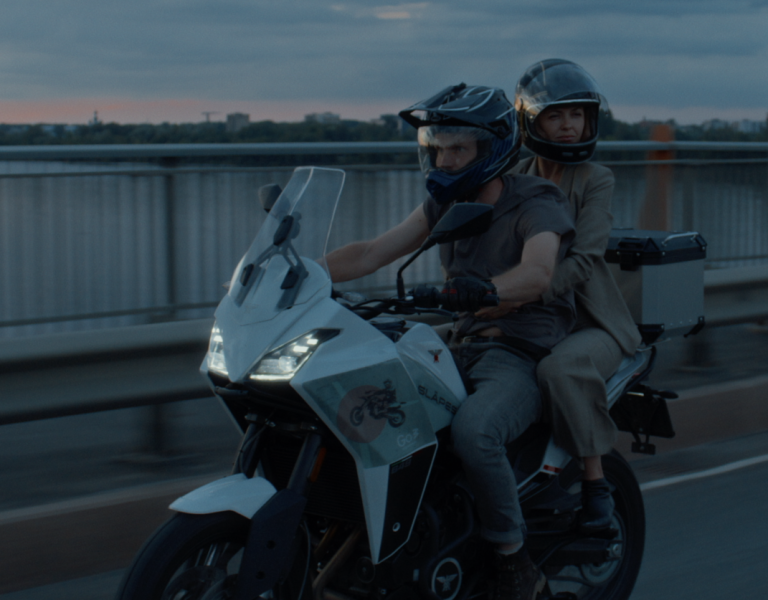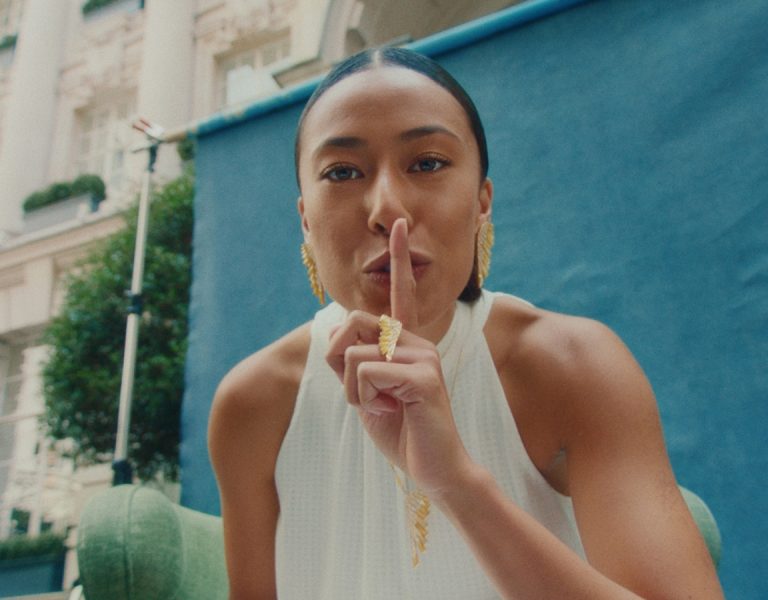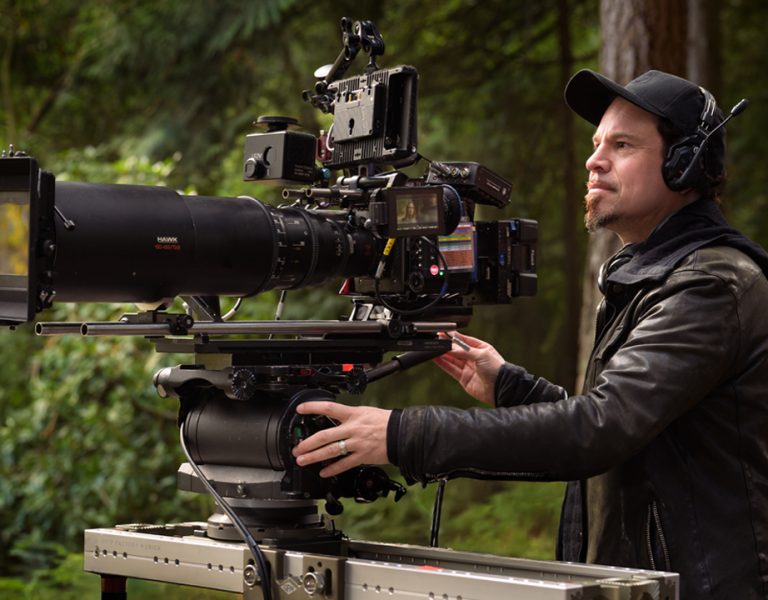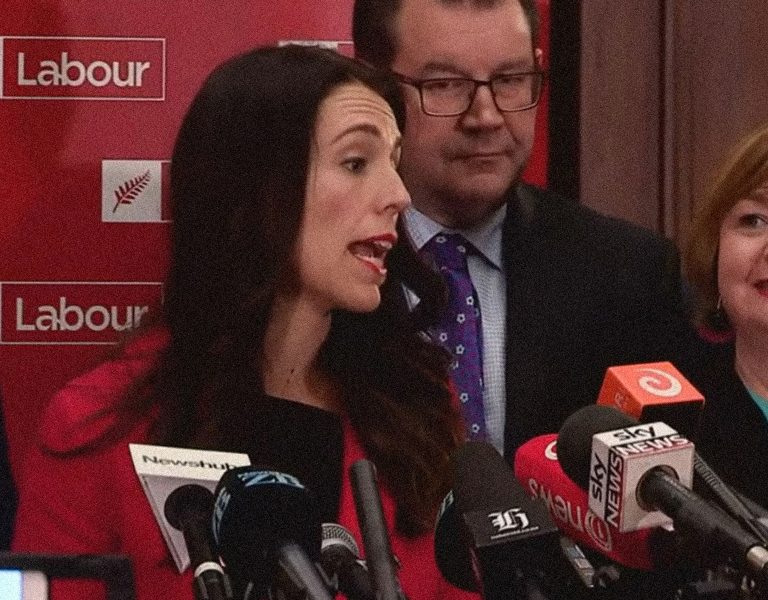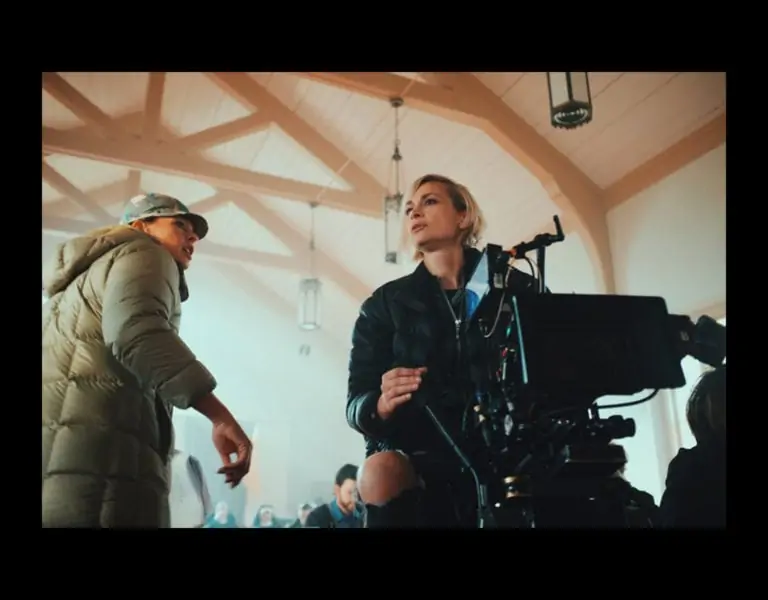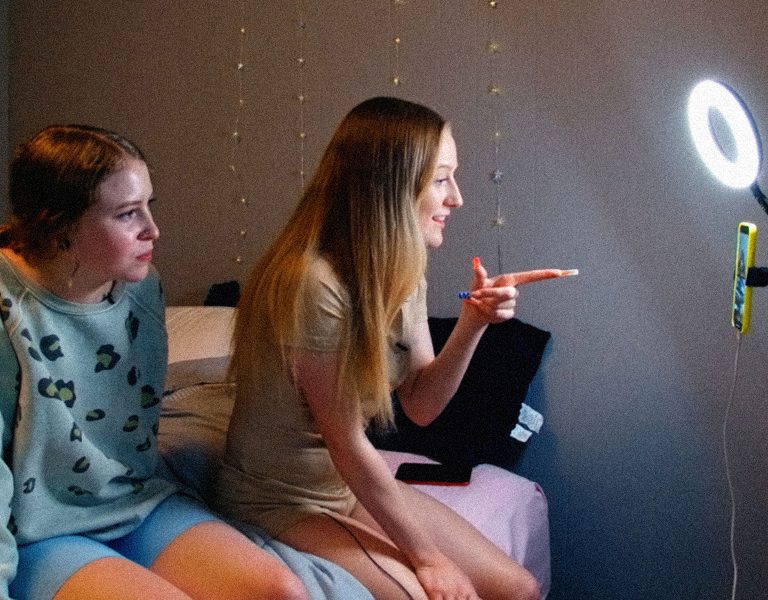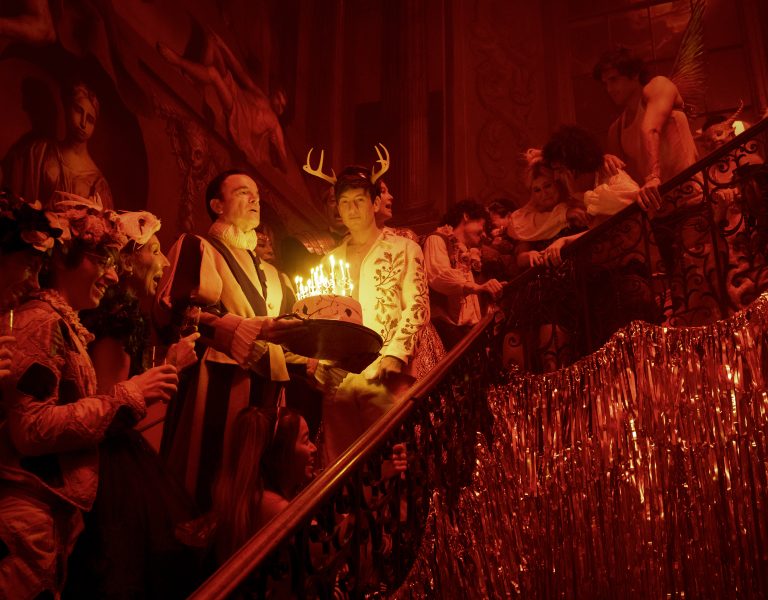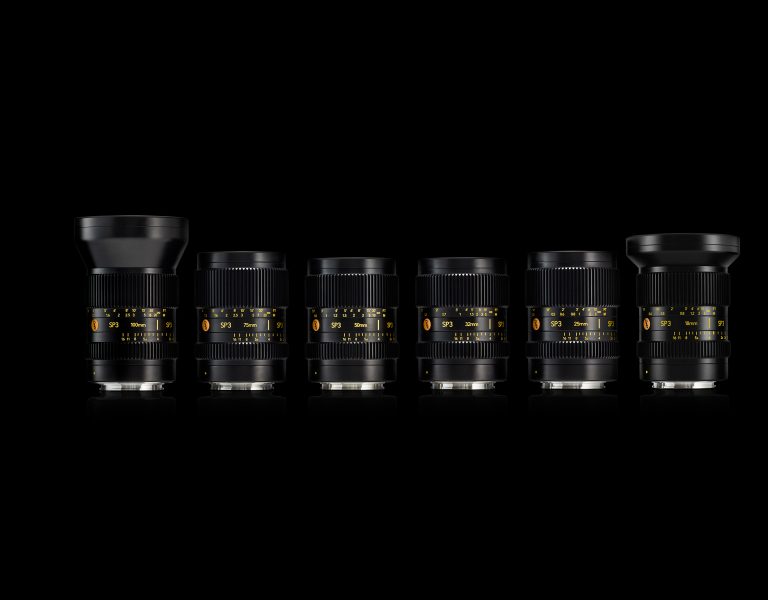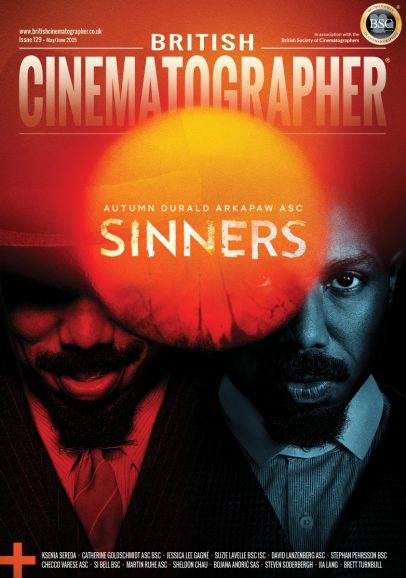Brennan Full on shooting Neon Dreaming
Apr 1, 2025
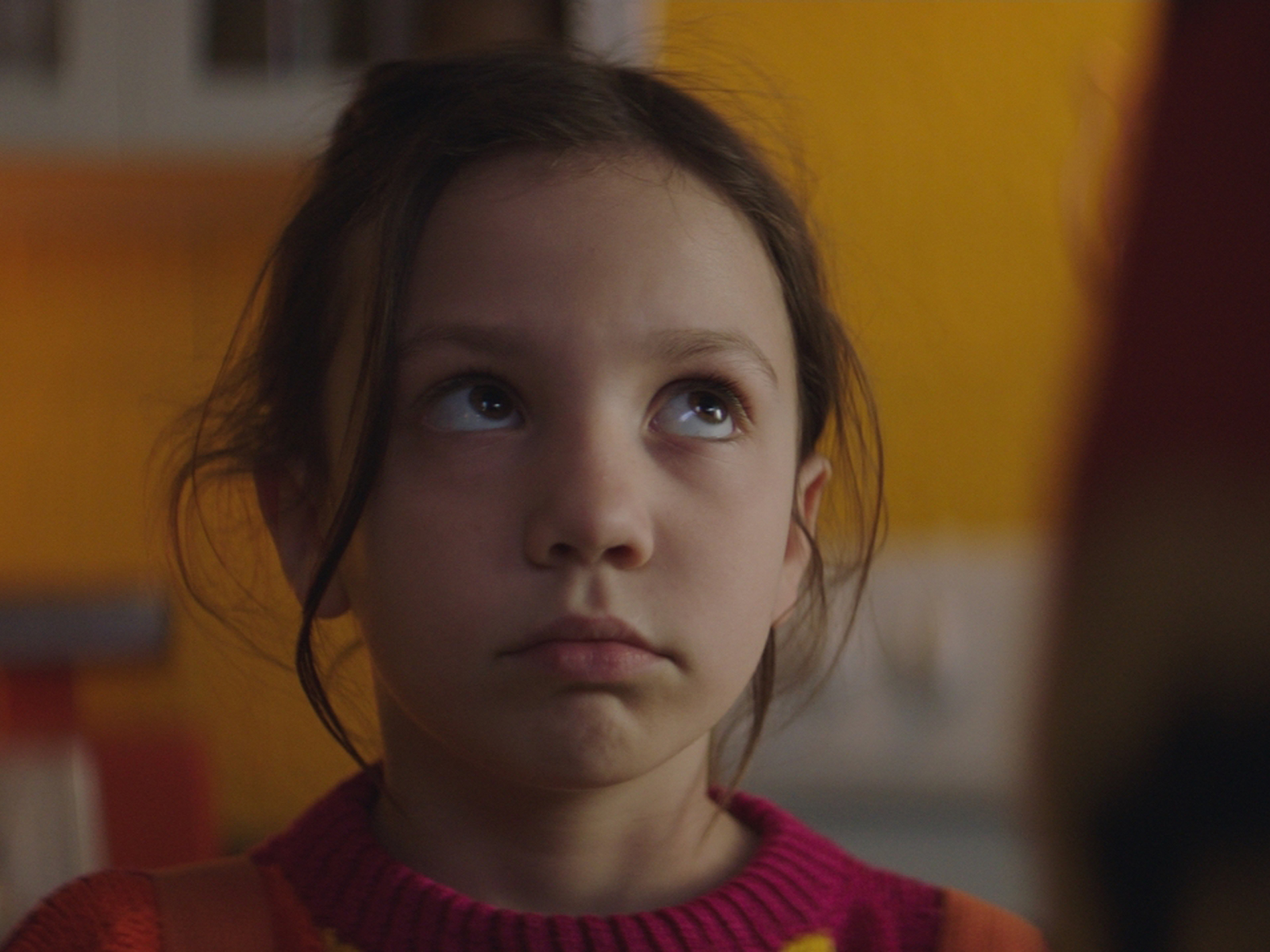
Which cameras and lenses did you use and why?
Neon Dreaming was shot on the Alexa Mini, Hawk V-Lites, and Zeiss Ultra Primes. During prep, director Marie-Claire Marcotte and I did extensive testing at Keslow Toronto to find lensing that struck the balance of character and contrast in modern, smaller housing. We were shooting in the winter in northern Canada where it’s not uncommon to have a -30° day, so I had concerns about lenses seizing, or fogging in the extreme cold temperatures. The Hawks more than fit the bill, absolutely stunning optics that held up in really challenging conditions while still being manageable for our entirely handheld film. The Ultra Primes are amongst my favorite lenses, we utilised them in some of our more complex oners where we needed a compact build that allowed me to work very closely, tracking our 8 year old lead into tight spaces.
Which lighting equipment did you use and why?
The film is set in the winter, we wanted to capture the unique quality of light on very cold winter days. With no moisture in the air the light becomes very harsh, bouncing off the snow really amps up it’s intensity. We were limited to using house power so the Aputure LEDs were a natural choice. We used the 1200Ds through windows for our day interiors, augmenting with the Creamsource Vortex 8 or Litemats depending on the space. We also used a ton of tungsten practicals to create colour contrast and bring a bit of warmth into the home
What was the biggest challenge and how did you overcome it?
Working off a translated script is really interesting and poses its own unique challenges. I remember in one of our first meetings we were discussing a lighting gag which in my script was translated as a “flash” but what Marie Claire had envisioned as a flicker. This tiny but significant word choice had implications across several departments. Having found that discrepancy early in the process pushed me to be more skeptical of my own interpretation of scenes, how they worked, what their purpose was for the overall story and to ask deeper questions. Having this deeper understanding shaped how we’d frame, light, and cover our characters uniquely through each scene.
What was the biggest learning curve?
This was my first non-English language film, I do not speak any French and our lead spoke very little English. I was worried about my ability to anticipate changes, connect with cast members, and not miss cues. I went ahead and learned some very basic French, and relied heavily on my bilingual team. It’s really beautiful how much communication is non-verbal and how you can still feel a scene despite not knowing the lines. From a practical perspective, beyond knowing how to be kind and friendly, you can get quite far by just knowing how to say “stand here, please,” “great job,” and “thanks for today.”
Which scene or sequence are you most proud of and why?
I’m always delighted by “invisible cinematography,” which is so difficult to achieve when you’re watching your own work. The scene that I feel most proud of is so simple, it’s our young lead Billie coming home and chatting with her Grandmother who is apologizing for having lied to her. Essentially a two-hander at a table. For this scene we framed the dining room from a different side than previously in the film. Our coverage only strays from the more “traditional” one single shot, when the Grandmother says “I’m sorry.” It marks a shift in their relationship, the story, and Billie’s perception. I love how the light falls on them, how we’re seeing the home from a new angle, and I just get lost in their performances.
How did your work on the production inform how you will approach your next project?
I think having had the experience of working off a translated script has changed my process. I’m less concerned about asking “dumb questions,” even if the script was written in English the director may see how it works in a way that’s totally different from how I see it. Really digging into the story and seeing each scene as its own unique piece of the puzzle keeps the work interesting, the collaborations evolving, and I think makes the film stronger.
–
Neon Dreaming premiered at the Glasgow Film Festival earlier in March and it will be coming to UK cinemas later in the year.


